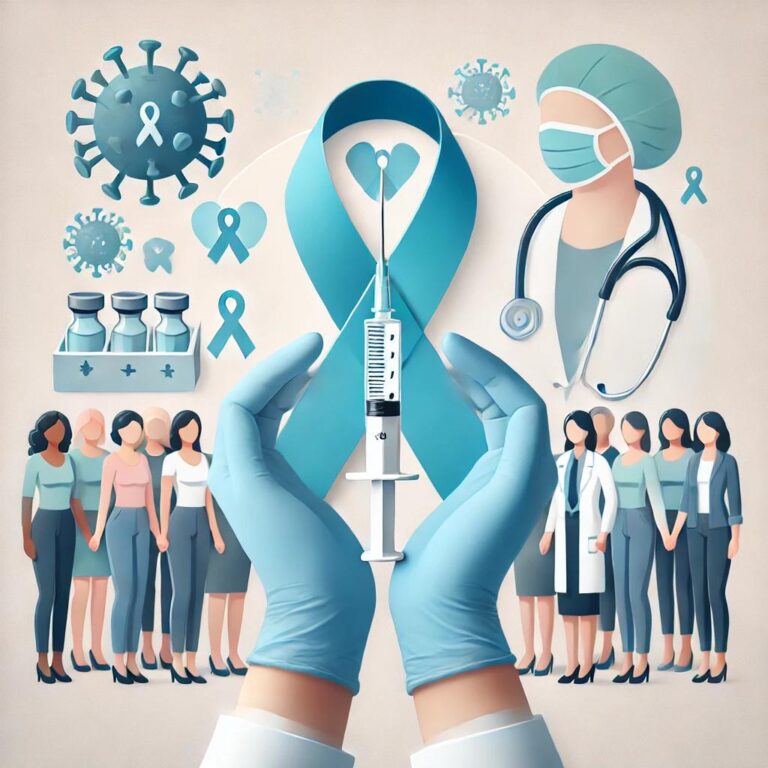Cervical cancer, a largely preventable disease, remains one of the leading causes of cancer deaths among women worldwide.
Despite medical advancements, including the development of the HPV vaccine and improved screening methods, barriers to prevention persist, particularly in low- and middle-income countries.
Eliminating cervical cancer requires a concerted global effort to bridge these gaps and ensure that life-saving resources reach the women who need them most.
Human papillomavirus (HPV) infection is responsible for nearly all cases of cervical cancer, making HPV vaccination a crucial preventive measure.
The World Health Organisation (WHO) has recommended the HPV vaccine as part of a comprehensive approach to eradicate cervical cancer.
Since its introduction, the vaccine has shown remarkable efficacy in preventing HPV infections and, subsequently, reducing cervical cancer rates.
Countries with high vaccination coverage, such as Australia and the United Kingdom, have already seen substantial declines in cervical cancer incidence, inching closer to eradication.
According to recent WHO data, HPV vaccination coverage varies significantly around the globe.
High-income countries report coverage rates of 70% or higher, while in low-income countries, the coverage averages just 10-20%. Sub-Saharan Africa, for example, bears nearly 70% of the global cervical cancer burden but lags behind in vaccine accessibility due to challenges in funding, logistics, and healthcare infrastructure.
This disparity underscores the need for global health initiatives and funding to scale up vaccine accessibility and close the gap between regions.
Screening programs, which detect pre-cancerous changes in cervical cells, are another critical tool in cervical cancer prevention.
Techniques such as Pap smears and HPV DNA testing have made it possible to identify and treat cervical abnormalities before they progress to cancer.
Countries with robust screening programs, like the United States, have seen cervical cancer rates drop by more than 70% over the past several decades.
However, access to regular screening remains limited in many parts of the world.
WHO data indicates that only about 19% of women in low-income countries have ever been screened for cervical cancer, compared to over 60% in high-income countries.
Cultural stigma, lack of awareness, and limited healthcare infrastructure hinder access to screening in many developing nations. Mobile health initiatives and outreach programs, though promising, have yet to reach sufficient scale to make a significant impact in these regions.
In 2020, the WHO launched a global strategy to eliminate cervical cancer as a public health issue, aiming to achieve 90% HPV vaccination coverage, 70% screening coverage, and 90% treatment coverage for women with cervical disease by 2030.
Progress has been made in some regions, but the path to global elimination is fraught with challenges. Addressing these requires not only international funding but also community education to dispel myths surrounding HPV and cervical cancer.
With cervical cancer claiming the lives of approximately 342,000 women globally each year, according to WHO data, the need for comprehensive and equitable prevention efforts has never been clearer.
A professor of obstetrics and gynaecology at Bayero University Kano, underscores the critical role of prevention in combating cervical cancer.
In an interview with TheCable, Galadanci said, “We know that the facilities for treating advanced cervical cancer are not easily available and affordable in Nigeria. So, prevention is the answer.”


